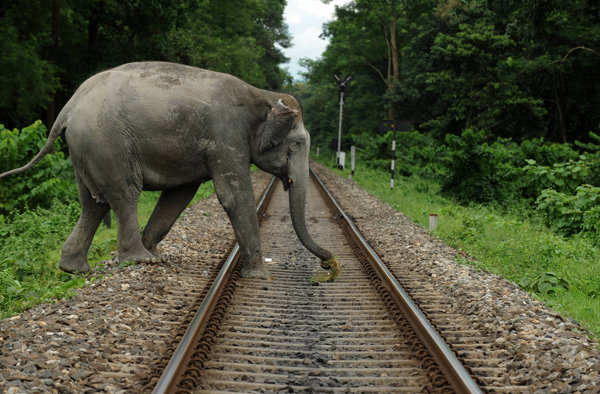Item Link: Access the Resource
File: Download
Date of Publication: January 16
Year of Publication: 2021
Publication City: Bethesda, MD
Publisher: National Center for Biotechnology Information, U.S. National Library of Medicine
Author(s): Ugyen Tshewang, Michael Charles Tobias, Jane Gray Morrison
Journal: Nature Public Health Emergency Collection
Pages: 71–153
For many centuries, humans and wildlife species have co-existed through domestication and protection of habitats. However, because of competition due to a perception of limited natural resources, the Human-Wildlife Conflict (‘HWC’) has become a serious global issue, including in Bhutan, posing a grave concern to the conservationist, agriculturist, public and policy makers worldwide.
This chapter provides a situational analysis of the HWC in the global context, and its specific importance to the prevailing circumstances in certain parts of Bhutan, pertaining to the policies and strategies, preventive, mitigation, and response measures of such conflicts. Simultaneously, a detailed study of the HWC was conducted at Jomotshangka Wildlife Sanctuary, which encompasses three types of vegetation.
Assessment of a global literature review and good practices, and results of a case study have been used to develop a road map of the HWC resolution in Bhutan using non-violent deployable techniques and Buddhist perspectives as preventive and mitigation measures.
Read the full paper here or download it from above.
The views and opinions expressed through the MAHB Website are those of the contributing authors and do not necessarily reflect an official position of the MAHB. The MAHB aims to share a range of perspectives and welcomes the discussions that they prompt.
